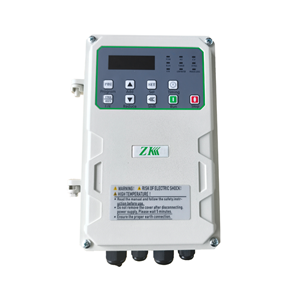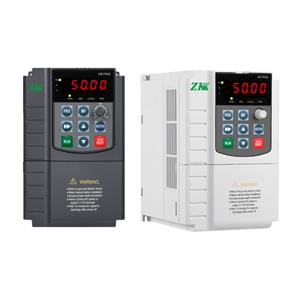Analysis of the Overall Development Trends of the Inverter Market
Analysis of the Overall Development Trends of the Inverter Market

As a key equipment in industrial automation and energy conservation, the inverter market has shown steady growth in recent years. Below is a detailed analysis of market size, growth rate, and major driving factors.
1. Market Size
Regional Distribution:
Asia-Pacific Region: The largest market size, primarily driven by the industrialization process and infrastructure investment in emerging economies such as China and India.
Europe and North America: Mature markets with demand mainly focused on equipment upgrades and energy-saving renovations.
Middle East and Africa: Significant growth potential, driven by energy and mining development.
2. Market Growth Rate
Historical Growth Rate: Over the past five years, the global inverter market has grown at an average annual rate of 5%-7%.
Future Forecast: From 2023 to 2028, the market is expected to grow at a CAGR of 6%-8%, with the Asia-Pacific region and emerging markets being the primary growth engines.
3. Major Driving Factors
(1) Growing Demand for Industrial Automation
As manufacturing shifts toward intelligent and digital transformation, inverters, as core control equipment, are increasingly important in improving production efficiency and equipment precision.
Example: Continuous increase in demand for inverters in industries such as automotive, electronics, and food and beverage.
(2) Promotion of Energy Conservation and Environmental Policies
Global emphasis on energy conservation and emission reduction has driven the widespread application of inverters in motor control.
Example: Governments worldwide have introduced policies encouraging enterprises to adopt high-efficiency inverters to reduce energy consumption.
(3) Accelerated Industrialization in Emerging Markets
The accelerated industrialization process in regions such as Asia-Pacific, the Middle East, and Africa has boosted demand for inverters.
Example: China’s "14th Five-Year Plan" highlights intelligent and green manufacturing as key development directions.
(4) Technological Advancements and Innovation
Inverter technology continues to upgrade, with advancements in intelligence, modularity, and integration, expanding its application scope.
Example: The introduction of AI algorithms and IoT technology enables inverters to achieve more precise control and remote monitoring.
(5) Development of Renewable Energy
Rapid growth in demand for inverters in wind and solar energy sectors.
Example: The application of inverters in wind turbine systems improves power generation efficiency and stability.
(6) Equipment Upgrades and Maintenance Needs
The need for upgrading old equipment in developed markets continues to drive the replacement market for inverters.
Example: Steady growth in demand for high-efficiency inverters in European and American markets.
4. Market Challenges
(1) Intense Price Competition
As market competition intensifies, price wars have become a major strategy for some companies, affecting industry profit levels.
(2) Technological Barriers
High-end inverter technology has high barriers, making it difficult for some companies to overcome technical bottlenecks.
(3) Supply Chain Issues
Global chip shortages and rising raw material prices have impacted inverter production.
5. Future Trends
(1) Intelligence and Digitization
Inverters will develop toward intelligence and digitization, deeply integrating with industrial internet and big data technologies.
(2) Green Energy Conservation
High-efficiency energy-saving inverters will become mainstream, helping achieve "dual carbon" goals.
(3) Customized Solutions
Customized inverter solutions tailored to different industries and applications will become more popular.
(4) Expansion in Emerging Markets
Emerging markets such as Asia-Pacific, the Middle East, and Africa will be the primary drivers of future growth.
The inverter market will continue to grow steadily in the coming years, driven by industrial automation, energy conservation policies, industrialization in emerging markets, and technological advancements. However, price competition, technological barriers, and supply chain issues remain challenges for the industry. In the future, intelligence, green energy conservation, and customized solutions will be the main trends in market development.




